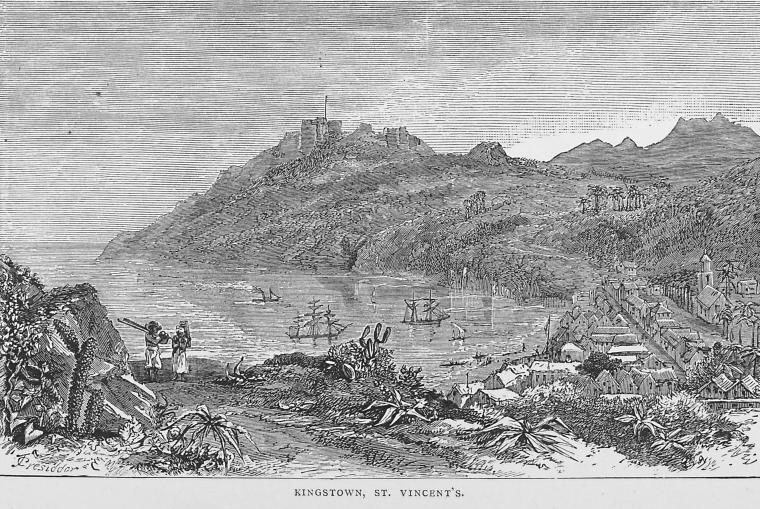
Home to, now, approximately forty-five million individuals, the Caribbean or better known as The West Indies, makes up 1,063,000 square miles of beautiful, tropical islands. The Caribbean sovereign states consist of thirteen countries that are located in the Caribbean Sea and others that border the North Atlantic Ocean and Caribbean Sea. Those islands being Trinidad and Tobago, St. Vincent and the Grenadines, St. Lucia, Saint Kitts and Nevis, Jamaica, Haiti, Grenada, the Dominican Republic, Dominica, Cuba, Barbados, the Bahamas, and Antigua and Barbuda. What is considered the Caribbean does not stop there with the additional islands into the mix; to name a few others, Turks and Caicos, Curacao, Aruba, Grenada, Montserrat, Saint Martin, Puerto Rico, Cayman Islands, and several other territories are involved. Christopher Columbus discovered the Caribbean on his first voyage in 1492 on October 12th which he assumed were only Cuba and the Bahamas but some islands it weren’t recognised until later on.

The Caribbean became home to roughly forty percent of enslaved Africans in the seventeenth century. The slavery timeline in British North America inducted a mass bulk of African slaves, where most were transported to the Caribbean and Brazil. The Caribbean began preferential due to the immense amount of opportunities to gain wealth and labour. The “sugar islands” as they called them because of the enormous volume of sugarcane fields throughout the different islands. The first recognizable islands such as Saint Vincent and the Grenadines, Barbados, Martinique , Saint Kitts and Nevis, and Saint Lucia were now being invaded by the British for personal use. Saint Vincent and the Grenadines’ discovery was officially dated on the 22nd of January in 1498, where Columbus named the island after San Vincente de Zaragoza, St. Vincent of Saragossa, whose feast day was also the day he identified the island.

For seventy-five years, they endured the harsh realities of slavery and the toll it had taken on the natives, the enslaved individuals, economy, and island until it was abolished in 1834. St. Vincent also faced an apprenticeship duration after slavery ended due to the lack of labour on plantations. Slavery in the Caribbean began its abolition movement in 1793 with Haiti and formally ended in 1886 with Cuba, the final country to end slavery. Kingstown, St. Vincent’s that was issued in 1876 and published by the Wesleyan Conference Office in London, exemplifies the afterlife after slavery was abolished in the Caribbean. When inspecting the photograph, there are a few things that stand out to the human eye; the ships located in the water, the two individuals on the hill with equipment, and an overview of the island in the distance. People who may not be familiar with St. Vincent may not see anything out of the ordinary with the image. The photograph can be identified with being Kingstown Bay in the capital, the main port system of the island. During the seventeenth and eighteenth century, slaves were being transported onto the island via the Kingstown Bay port. The importance of the port goes back for centuries and still continues to play a big role in the island’s economy today.
